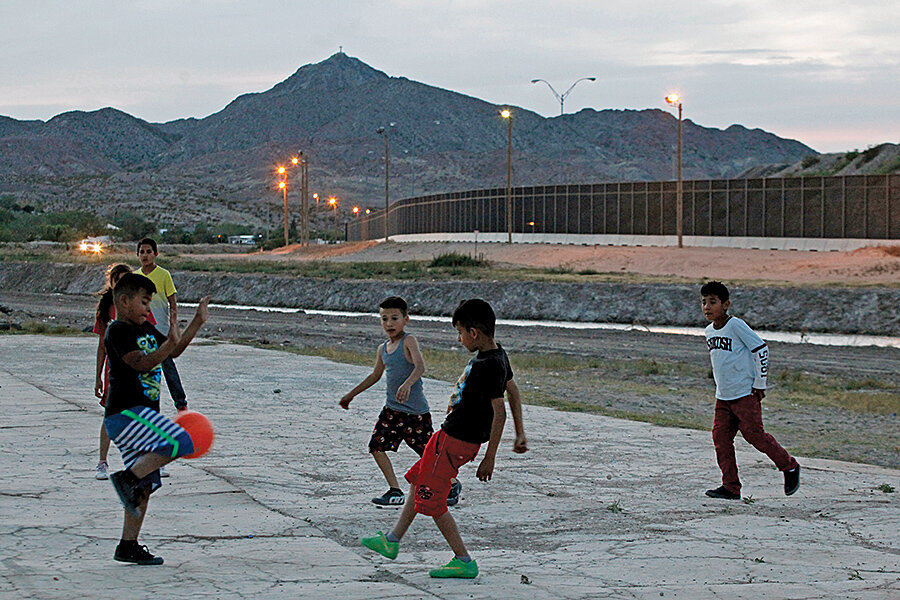Thinking through 'fortification'
Loading...
Walls, fences, and locks are practical measures to decrease the uncertainties and dangers of the world. But are higher walls, better fences, and stronger locks the best way to achieve long-term security?
There are test cases worth examining. The 420-mile barrier that separates Israel from the West Bank, for instance, has been under construction for 13 years. Even critics admit it has deterred attacks by Palestinian militants. But Israelis and Palestinians are fated to live side by side on the small slice of land they both call their homeland. The distrust and resentment that breed militancy are likely to persist until both sides accept a comprehensive treaty that guarantees fair division of land and resources, mutual recognition, and non-aggression. While the barrier may be necessary for protection, it isn’t sufficient for peace.
The border fences going up in central and southeastern Europe are similarly successful. They are halting the influx of migrants and refugees from Africa, the Middle East, and Asia. But migrants are now taking more hazardous routes across the Mediterranean, and their incentive to leave home will remain strong as long as war, drought, and poverty persist.
Then there’s the US-Mexican border. Warren Richey recently visited the route of Donald Trump’s proposed 30- to 40-foot-high barrier (click here). The illegal entry of people, goods, and contraband has long been a problem. Few Americans disagree with the need for better border security, better cooperation among law enforcement agencies throughout Latin America, and better economic opportunities to boost incentives for would-be migrants to stay home. That is the existing strategy.
Mr. Trump’s wall would be a costly (one estimate is $25 billion) shift away from that multifaceted approach toward a focus on fortification and isolation, which would be heightened if the wall alienates Mexico and is accompanied by a decrease in North American commerce. The wall would also have environmental consequences, would drive up construction costs as it devoured concrete and steel, and almost certainly would be defeated by determined migrants and smugglers. Demographic and economic factors have, meanwhile, caused the flow of people from Mexico to diminish, a trend likely to continue.
How people feel about security is always changing. My wife and I once lived in an urban neighborhood in an East Coast city where even deadbolt locks, barred windows, and door braces seemed inadequate. Our neighbors came home one evening to find their apartment had been broken into right through the plasterboard and studs. A few years later, we were living in a quiet Mediterranean capital. No one locked their doors or took the keys out of their cars.
Today that urban neighborhood is prosperous and relatively safe. That tranquil capital went through a growth spurt, and locked doors are now the norm. The point is that neighborhoods don’t sit still. Nor do economies or people. Break ground on a massive wall-building project tomorrow and you might be struggling to remember the reason for it by the time it is finished.








